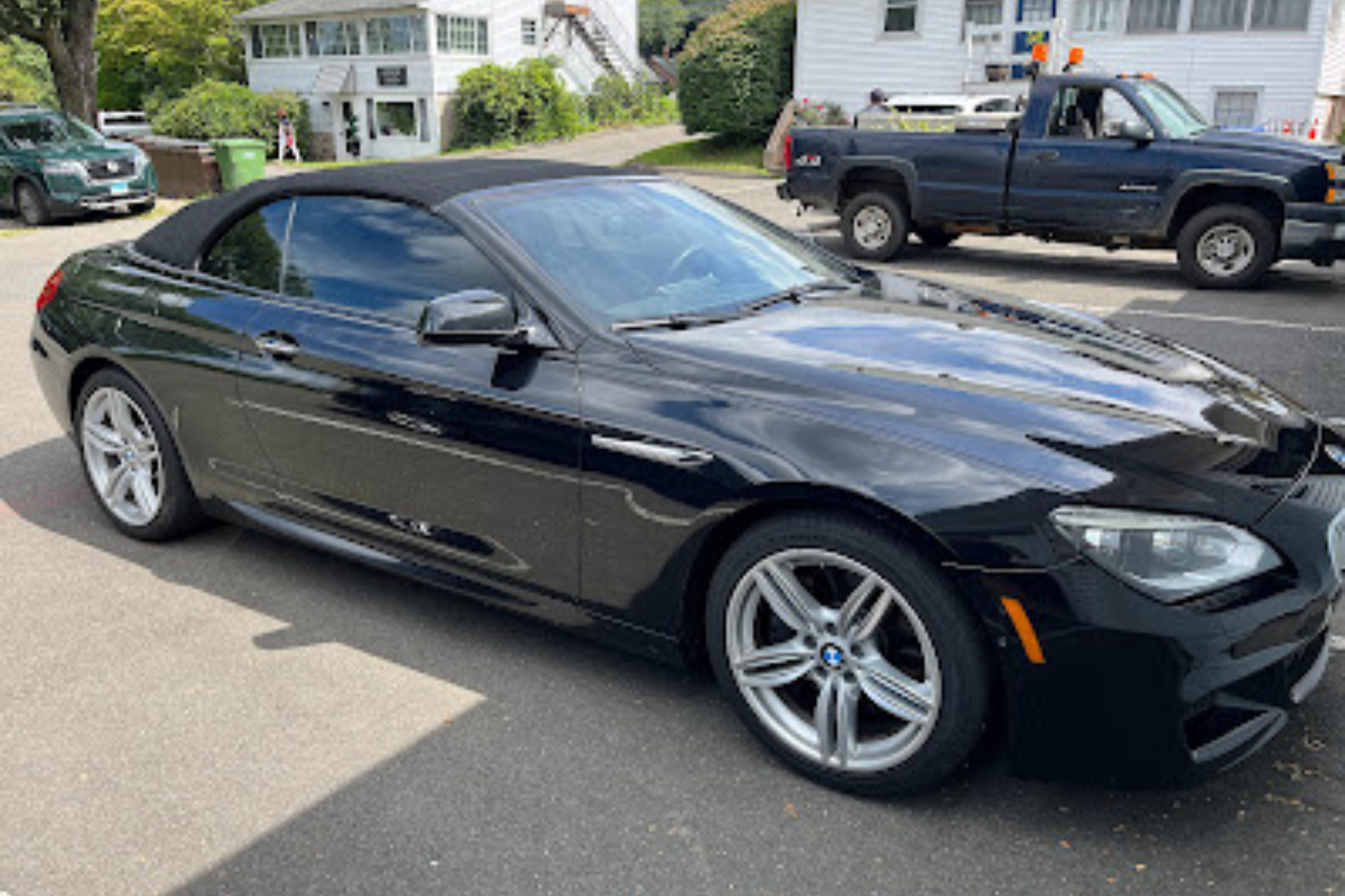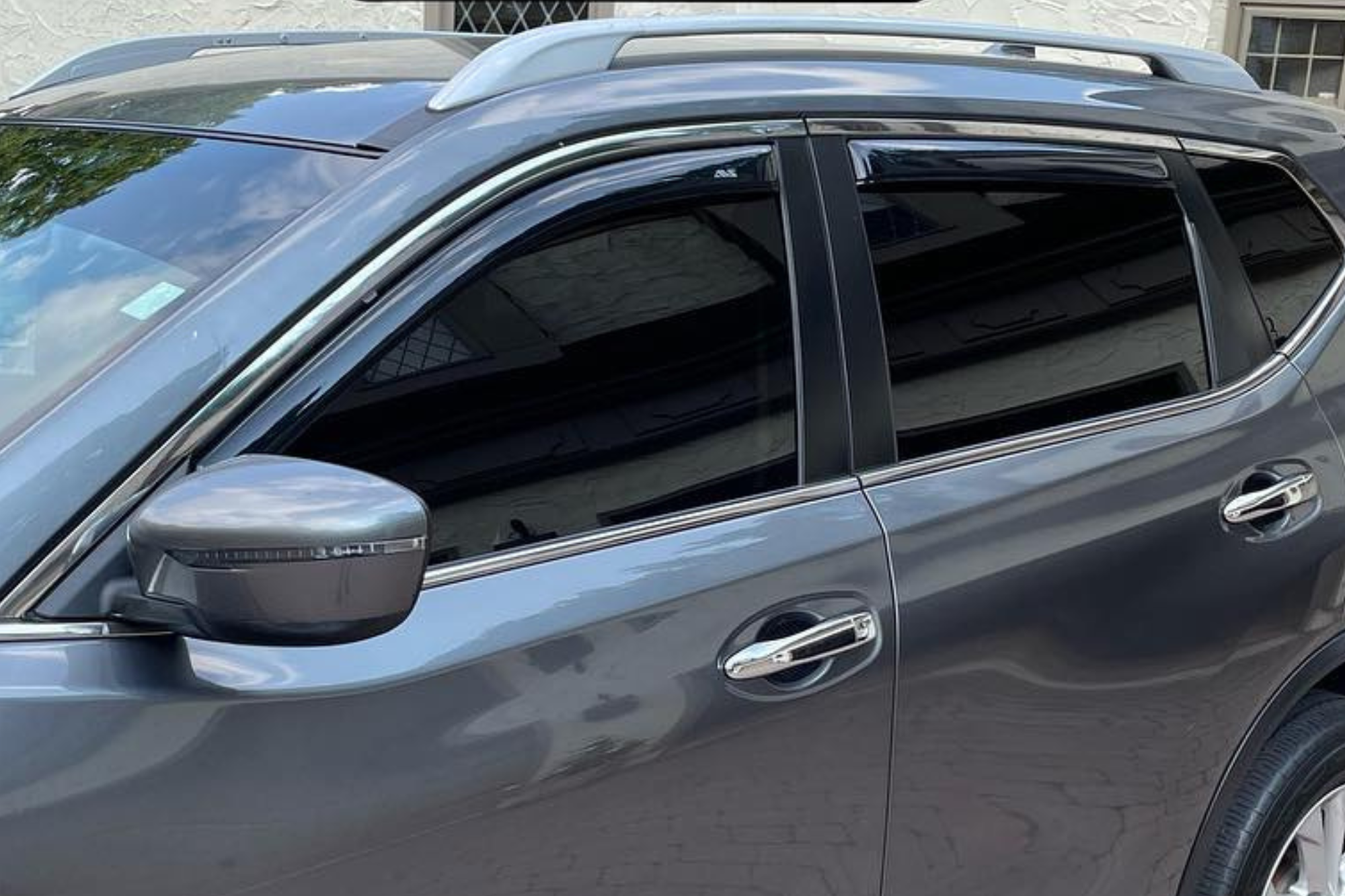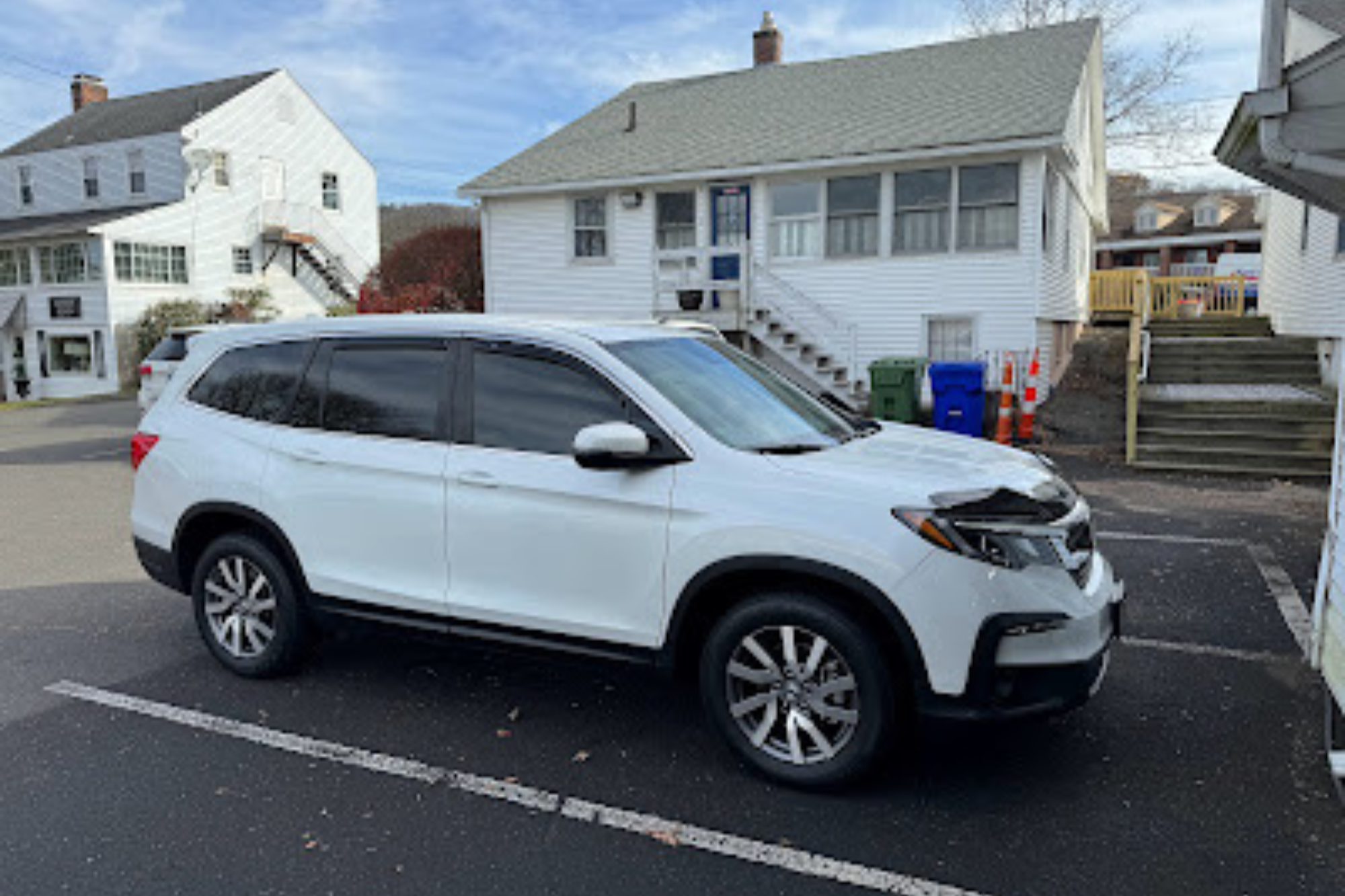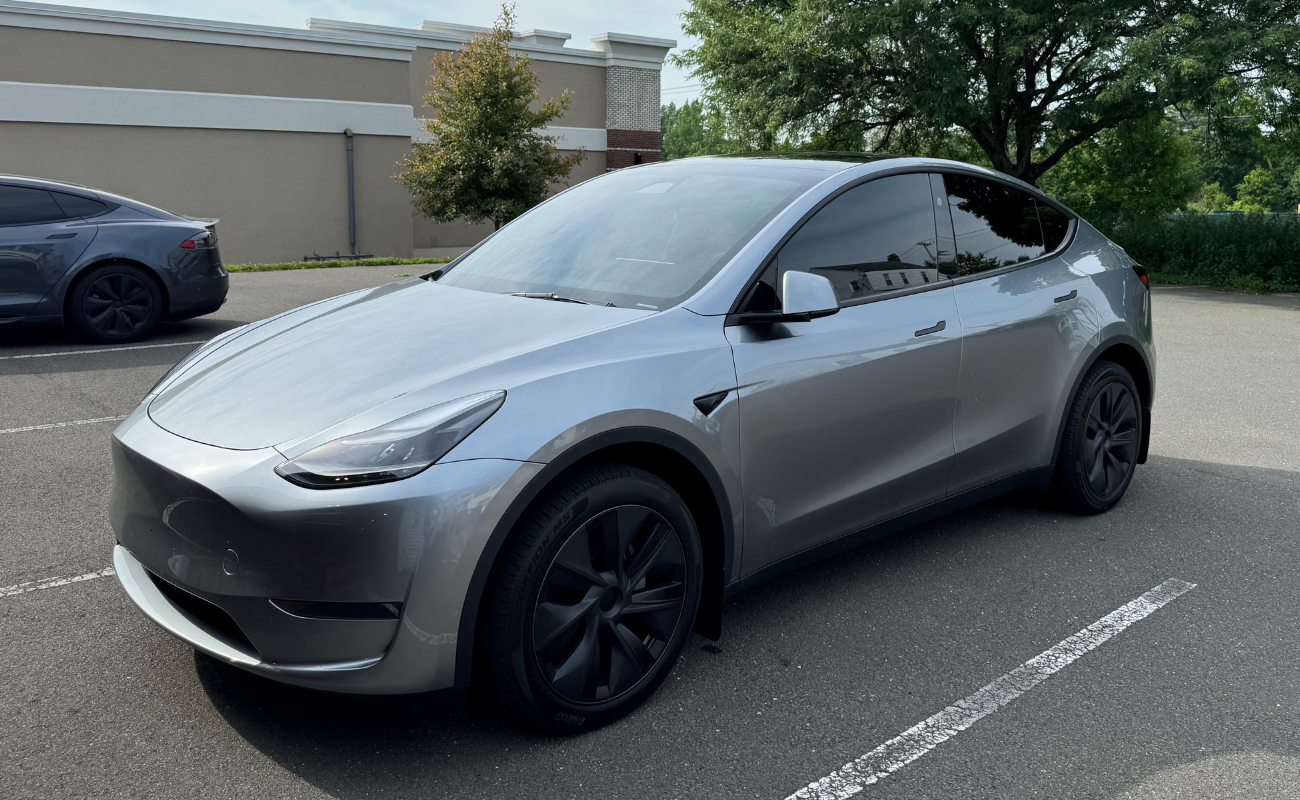
As you consider enhancing your vehicle or home with window tint, you’ll find many benefits and options awaiting you. The advantages are plentiful, from increased privacy and UV protection to glare reduction and energy efficiency enhancement. But, before you decide, there are essential factors to weigh. What are the different types of window tint films available, and how do you choose the right one? Understanding these aspects is crucial for making an informed choice that aligns perfectly with your needs and preferences.
Benefits of Window Tint
There are numerous benefits of window tint on your vehicle or home windows. One significant advantage is the increased privacy it provides. With tinted windows, you can enjoy a sense of seclusion and keep prying eyes at bay.
Additionally, window tint helps reduce glare from the sun, making your driving experience safer and more comfortable. By minimizing glare, you can better focus on the road ahead without straining your eyes.
Another benefit of window tint is its protection against harmful UV rays. These rays can’t only damage your skin but also fade your furniture and flooring over time. With window tint, you can block out a significant portion of UV radiation, safeguarding your skin and belongings.
Furthermore, window tint can help regulate the temperature inside your vehicle or home, keeping it cooler during hot summer days and reducing the strain on your air conditioning system. Investing in window tint can enhance your privacy, safety, and comfort.
UV Protection and Skin Safety
Protecting your skin from UV rays’ harmful effects is crucial in maintaining your health and well-being. Window tinting can act as a barrier against these damaging rays, protecting you while you drive or spend time in your car. UV rays are known to accelerate skin aging and increase the risk of skin cancer.
By applying window tint, you can significantly reduce your exposure to UV radiation.
Opting for window tint with UV protection safeguards your skin and provides added benefits such as maintaining a cooler interior temperature and prolonging the lifespan of your vehicle’s upholstery.
When selecting a window tint, look for options that mention UV protection to ensure maximum safety.
Glare Reduction and Eye Comfort
Reducing glare and ensuring comfort for your eyes while driving are essential factors contributing to a safer and more enjoyable experience on the road. Window tints can significantly help minimize glare from the sun, headlights, and reflective surfaces, which can strain your eyes and cause discomfort.
By reducing glare, window tint enhances visibility, allowing you to focus better on the road ahead and potential hazards around you.
Additionally, window tints can provide a more comfortable driving experience by reducing the intensity of sunlight that enters your vehicle. This helps regulate the temperature inside the car and prevent harsh glares that can lead to eye fatigue and headaches during long drives.
By blocking out excessive sunlight, tinted windows can create a more relaxing environment for you and your passengers.
Investing in window tint for glare reduction and eye comfort not only enhances your driving experience but also contributes to your overall safety and well-being on the road.
Privacy Enhancement
For those seeking added seclusion and a sense of security while driving, window tint offers a practical solution to enhance privacy within your vehicle. Window tinting helps to obscure the interior of your car from prying eyes, providing you with a greater level of confidentiality while on the road or parked. This added privacy can be particularly beneficial when you have valuable items in your car or simply want to feel more secure while driving through busy streets.
By reducing the visibility into your vehicle, tinted windows also deter potential thieves who may otherwise be tempted by visible belongings inside. Additionally, window tinting can enhance privacy for passengers in the back seats, allowing them to feel more comfortable and sheltered from external views.
Whether for personal comfort or security reasons, window tinting is a practical way to enhance privacy and create a more secluded atmosphere within your vehicle.
Energy Efficiency Improvement
To maximize the energy efficiency of your vehicle, consider window tinting as a smart solution.
Window tinting helps reduce the amount of heat entering your car through the windows, which means your air conditioning system won’t have to work as hard to cool down the interior. By blocking out a significant portion of the sun’s rays, window tinting can help maintain a more stable and comfortable temperature inside your vehicle, especially during hot summer months. This can lead to lower fuel consumption since your AC system isn’t being overworked.
Additionally, window tinting can also protect your car’s interior from sun damage, which can degrade materials over time and require more energy-intensive repairs or replacements.
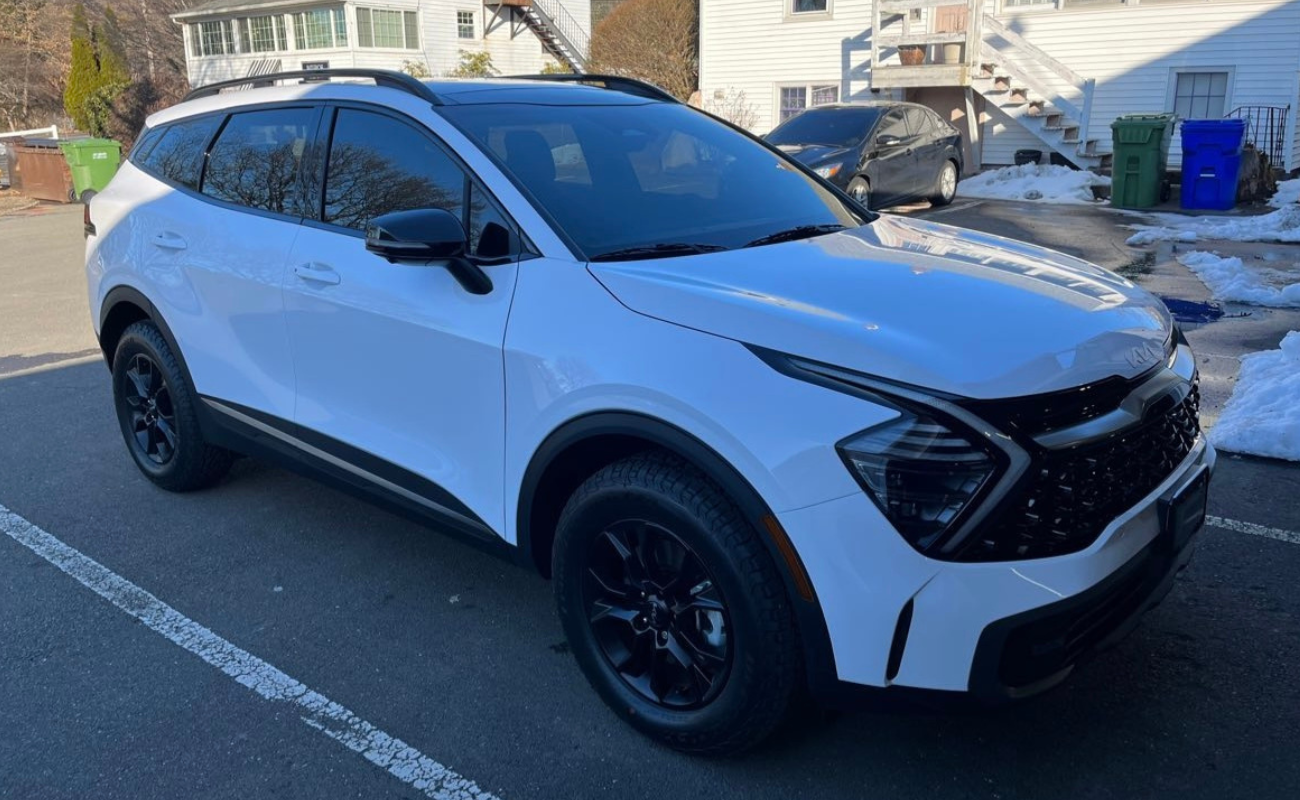
Aesthetics and Style Enhancement
Enhancing the aesthetics and style of your vehicle can be easily achieved through the installation of window tinting. Window tint not only adds a sleek and sophisticated look to your car but also offers a touch of privacy and exclusivity. The tinted windows give your vehicle a modern and polished appearance, elevating its overall aesthetic appeal.
When it comes to style enhancement, window tinting allows you to customize the look of your vehicle to suit your preferences. With various tint shades and colors available, you can choose the perfect option to complement your car’s exterior. Whether you prefer a subtle tint for a classy look or a darker shade for a more aggressive style, window tinting provides endless possibilities for personalization.
Additionally, the clean and uniform appearance achieved through window tinting can make your vehicle stand out on the road.
Types of Window Tint Films
When considering window tint films for your vehicle, it’s essential to understand the various options available to meet your specific needs. There are several types of window tint films to choose from, each offering unique benefits.
Dyed window tint films are a budget-friendly option that helps reduce glare and heat. They work by blocking sunlight through a layer of dye between the adhesive and the protective outer layer.
Metalized window tint films are durable and offer excellent heat rejection. These films use tiny metallic particles to reflect heat and UV rays away from the vehicle. However, they can interfere with electronic signals like GPS and radio reception.
Carbon window tint films are known for their high heat resistance and durability. They don’t contain metal layers, so there’s no risk of signal interference.
Ceramic window tint films are the top-of-the-line option, providing superior heat rejection and clarity. They’re highly effective at blocking UV rays without interfering with signals.
Choosing the Right Tint Level
Considering the appropriate tint level for your vehicle’s windows is crucial in achieving your desired balance of visibility, privacy, and heat control. When choosing a tint level, it’s essential to keep in mind that the percentage refers to the amount of light allowed to pass through the tint.
For those seeking maximum visibility and minimal tinting, a lighter tint like 70% might be suitable. However, if privacy is a priority, a darker tint such as 5% would provide enhanced privacy but reduce visibility.
If heat reduction is your main concern, a medium tint level of around 35% will strike a good balance between heat control and visibility. It’s important to check your state’s regulations on tint levels, as some states have restrictions on how dark you can go.
Ultimately, the right tint level for you will depend on your preferences for visibility, privacy, and heat control.
Professional Installation Tips
To ensure a successful window tint installation, it’s crucial to follow these professional tips.
First, make sure the work environment is clean and dust-free. Any debris or particles can affect the final look of the tint.
Next, measure and cut the tint film precisely before application. Oversized pieces can lead to wrinkling or peeling over time.
When applying the tint, use a soapy water solution to prevent the film from sticking prematurely, allowing you to adjust it for a perfect fit. Smooth out any air bubbles using a squeegee, starting from the center and working your way outwards. Trim any excess film carefully to ensure neat edges.
Window tint offers a multitude of benefits for your vehicle or home, including UV protection, glare reduction, privacy enhancement, energy efficiency improvement, and aesthetic appeal. With various types of tint films available, you can choose the ideal option based on your preferences. Remember to comply with legal regulations on tint darkness for a hassle-free experience. Enjoy the many advantages of window tint for a more comfortable and stylish environment.
